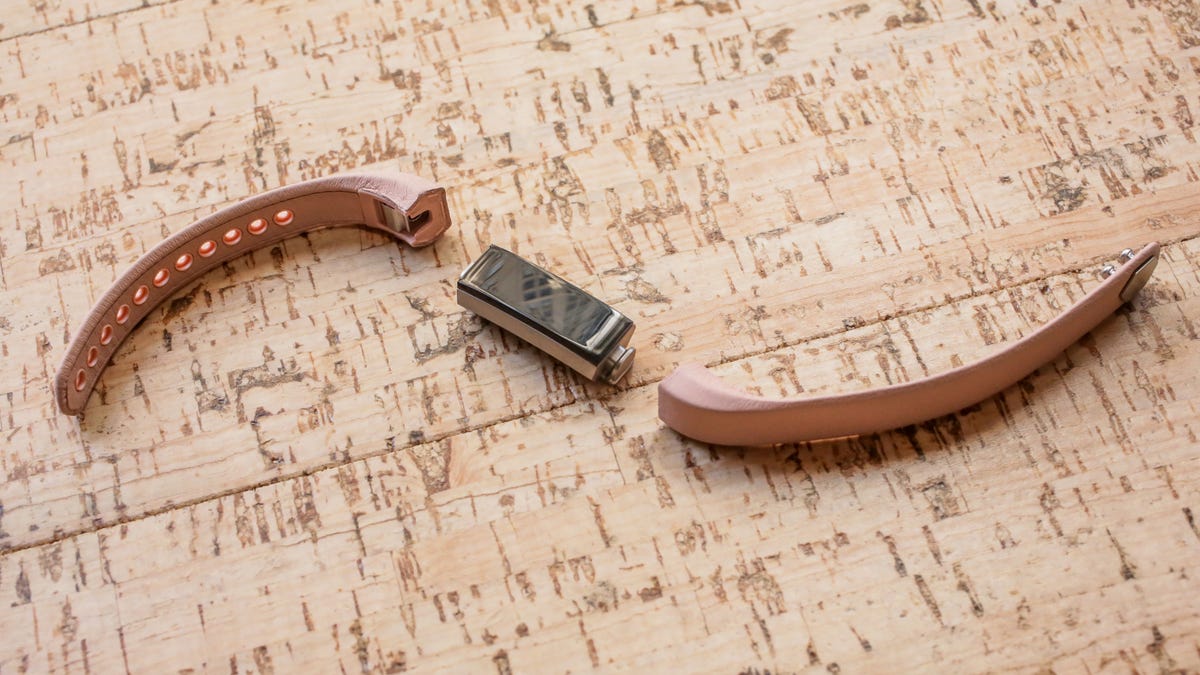For the past two weeks I’ve been sporting the brand new Fitbit Alta on my wrist, replacing the Jawbone Up2 with which I’m normally so enamoured. There’s just something about the Alta that’s gone and put my long relationship with Jawbone on the rocks.
It was around four years ago when I first tried the original Jawbone Up. At the time fitness trackers were almost all designed to clipped on to your belt, or some other item of clothing. I’d used old-school mechanical pedometers before and discovered that I have an amazing capacity to lose them. Seriously, it’s like a disease, it’s just uncanny.
So I was instantly interested in the Jawbone Up, the wrist-mounted fitness tracker of my dreams. At the time, Fitbit were still making clip style trackers like the Zip or the One, so the Up was a really novel design.
Hands-on with the Fitbit Alta (pictures)






+12 more
Something about it just clicked with me and since then I’ve worn the Up, the Up24, the Up2 and the Up3. I even tried the Up Move with the wristband attachment. Jawbone products were light enough to be comfortable to wear all day and all night, and they’ve been a big part of me becoming so obsessed with tracking my fitness and my sleep.
Fitbit’s first design for the wrist was the Flex, which came in 2013. I gave that a go but I thought it looked clunky and it was uncomfortable to wear in bed. I was back to the Jawbone in no time.
But there are some challenges that come with this level of, shall we say, brand loyalty. I’ve been through a lot of different units thanks to battery failure, a recurring problem in the Jawbone family. It was almost a nice change when I had to retire my Up2, because the strap had physically tore apart.
So what is Fitbit’s Alta doing so well? It isn’t really just one thing, but more of a collection of design and function tweaks.
Further adventures with Fitness trackers
- How effective is your sleep tracker?
- The craziest thing I ever did with a wearable
- FitBit Zip vs. BodyMedia Fit: battle of the fitness monitors
First off, the Alta is the most comfortable Fitbit I’ve ever worn. It’s light enough and slim enough that I can easily sleep in it and it actually sits nicely under the gloves I wear when I’m lifting weights at the gym. I can even wear it with the straps I use for deadlifting, which is where most other fitness trackers fail in my experience.
The changeable strap design also means I’ve got sweat resistant silicon straps for when I’m exercising and a set of brown leather for the rest of the time. It turns the Alta into something really quite stylish, and style is something I’ve always thought the Fitbit range has lacked.
That’s actually been a big motivator for my Jawbone preference: I always thought it looked more subtle and cool. The Alta is a massive change in design for Fitbit and an excellent one.

 Enlarge Image
Enlarge ImageI’m a sucker for the leather band.
Sarah Tew/CNET
Finally, I’m finding the combination of the Android app and the web-based dashboard to be better than I expected. There’s a lot of data there and the dashboard in particular does a great job of helping me make sense of it all. There’s no point being as obsessive about quantifying my life as I am if I’m not using the data to qualify it as well!
I’m not suggesting the Alta is perfect by any means. I wouldn’t mind a heart rate monitor, but if the trade off is a smaller design and longer battery life, that’s fine by me. Having the Alta be waterproof would be good too, but if…actually, that’s really one area Fitbit should have done more on.
But as someone who prefers a dedicated fitness tracker rather than an app or multi-purpose smartwatch, the Alta fulfils my particular set of needs remarkably well.
So farewell for now Jawbone… it was beautiful while it lasted. Give me call when you’ve got something new.



